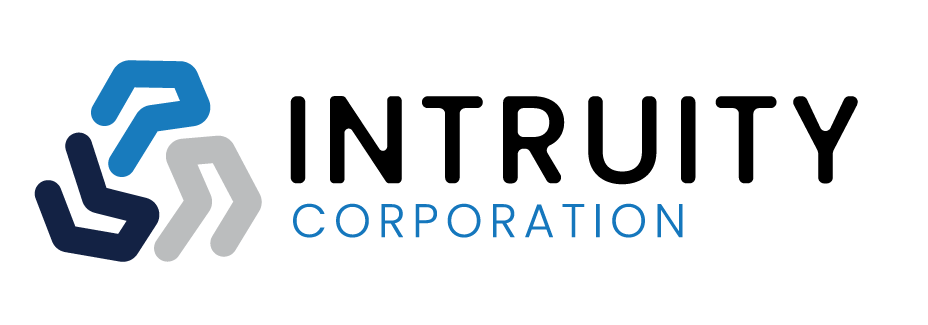What is Lead Tracking and Why It’s Important

Are you tapping into the valuable data available from lead tracking that could save your agency time and money?
Lead tracking is a key practice to implement to increase lead generation and conversion rates for your agency. Knowing where your leads come from and the actions they take while they progress through the sales funnel will provide you with a better understanding of your audience and increase your agency’s revenue.
Identify opportunities and optimize sales and marketing efforts that are successful in attracting and converting leads. This saves you and your agency a significant amount of time and money by providing valuable data on tactics that are the most effective throughout the sales process. Gain insights into how to improve your customers’ journey through the sales funnel to increase sales and customer satisfaction.
Leverage the data you receive from monitoring your leads’ sources and interactions with your agency, move them seamlessly through your sales funnel, and stay ahead of your competition.
In this article, we discuss what lead tracking is, the types of lead sources, and the importance of lead tracking throughout the entire sales process in insurance sales.
We will also provide some best practices when it comes to lead tracking.
What is Lead Tracking?
Lead tracking is the process of determining the source of your leads, following what actions they take throughout the sales journey and how they move through the funnel to become a closed sale.
It is key to have a proper and efficient lead tracking tool in place for your agency. A Customer Relationship Management (CRM) System, like OneLink, can track your leads by source, pull detailed reports and create custom campaigns based on source and stage of the sales funnel to convert leads to paying customers.
What is a Lead Source?
A lead source is the first point of contact that a consumer has with your business.
Customers will use multiple channels throughout their sales journey, so it is crucial you are capturing their initial lead source. For example, if a lead sees an ad on LinkedIn, visits your website and then contacts you through your website, their main lead source would be LinkedIn.
Types of Lead Sources
It is crucial to identify and track all your lead sources.
Here are some common lead sources in insurance sales:
- Referrals
- Social Media
- Email Campaigns
- Direct Mail
- Print Advertisements
- Paid Digital Ads
- Search Engine
- Events / Webinars
- TV/Radio
Why is it important to track a lead source?
Identifying and tracking lead sources allows you to understand which sources are the most effective and the best use of your agency’s time and money. Track the ROI of your marketing and sales efforts and connect actual profits to lead sources to justify your spending on profitable initiatives.
Use automated marketing to create personalized experiences based on the lead source. If a lead source comes in from social media, use that information to continue to feed them relevant resources and information on your business throughout their sales journey.
Take care of customers who send you referrals. Referrals are a significant source of leads in insurance sales. Tracking referrals from current customers allows you to reward customers for their loyalty. Your agency can create and promote a referral program for current customers to increase customer retention and satisfaction.
Get creative with your marketing tactics and experiment with ways to acquire new leads. Track all of your marketing and sales efforts, consistently pull reports, and analyze the success of your lead sources to determine where you need to adjust your efforts.
Don’t give up on a lead source that isn’t currently effective; use the data you have available and pivot your approach. Maybe an ad you’re running on Facebook just isn’t working or a landing page you create isn’t converting. Make the necessary adjustments and re-evaluate.
Tracking Progress Through the Sales Funnel
Tracking a lead’s progress as they move through the sales funnel allows you to create a personalized sales experience for your users. Marketers report that personalization efforts can boost revenues by up to 15%.
Schedule personalized communications and follow-ups based on the lead stage in the funnel. In the early stages, send blogs, videos and infographics to show industry knowledge and begin to build trust. As they move throughout the funnel, share case studies, white papers, Ebooks and testimonials to position your agency as an industry thought leader.
Are certain sources producing more sales qualified leads? Keep an eye on which leads are converting to closed sales and which sources they are coming from. Use reports to analyze, enhance and prioritize effective leads sources and tactics.
Maybe a particular source is attracting leads early in the sales process? These leads may not be ready to buy just yet, but that shouldn’t stop you from putting them in an automated drip campaign to stay top of mind! Tracking these leads sources and understanding the buyers’ process allows you to maximize lead conversions.
Gain insights into your leads and customer base to gain a better understanding of actions they are taking during the sales process, how they are interacting with your content and business and how long it takes to make a purchasing decision. This data will also help you create realistic sales objectives for your teams. For example, if the average time to move a lead to a closed sale is four months, then set those expectations with your sales teams.
Monitoring leads throughout the process will also assist you in overseeing the sales team’s productivity and allow you to make suggestions to team members or enhance your agency’s sales training efforts.
Lead Tracking Best Practices
- Work with your team and map out your ideal customer journey.
- Properly identify all possible sources.
- Do your best to keep your data clean.
- Use the information you have available and create realistic goals for your sales teams.
- Use a CRM program to track leads efficiently and effectively.
Optimize Lead Tracking with OneLink.
Instead of fumbling around with different tracking systems, Excel spreadsheets and other CRM programs, operate your agency with one CRM that manages commissions, tracks licenses, automates marketing and provides sales analytics — all in real-time and accessible from anywhere.
Take full advantage of OneLink CRM’s capabilities to communicate with customers across multiple channels throughout their sales journey. Use automated communications and built-in customer management to help your team stay efficient while outperforming the competition.
Experience the product first hand—schedule a free demo today at www.intruity.com/OneLink.
